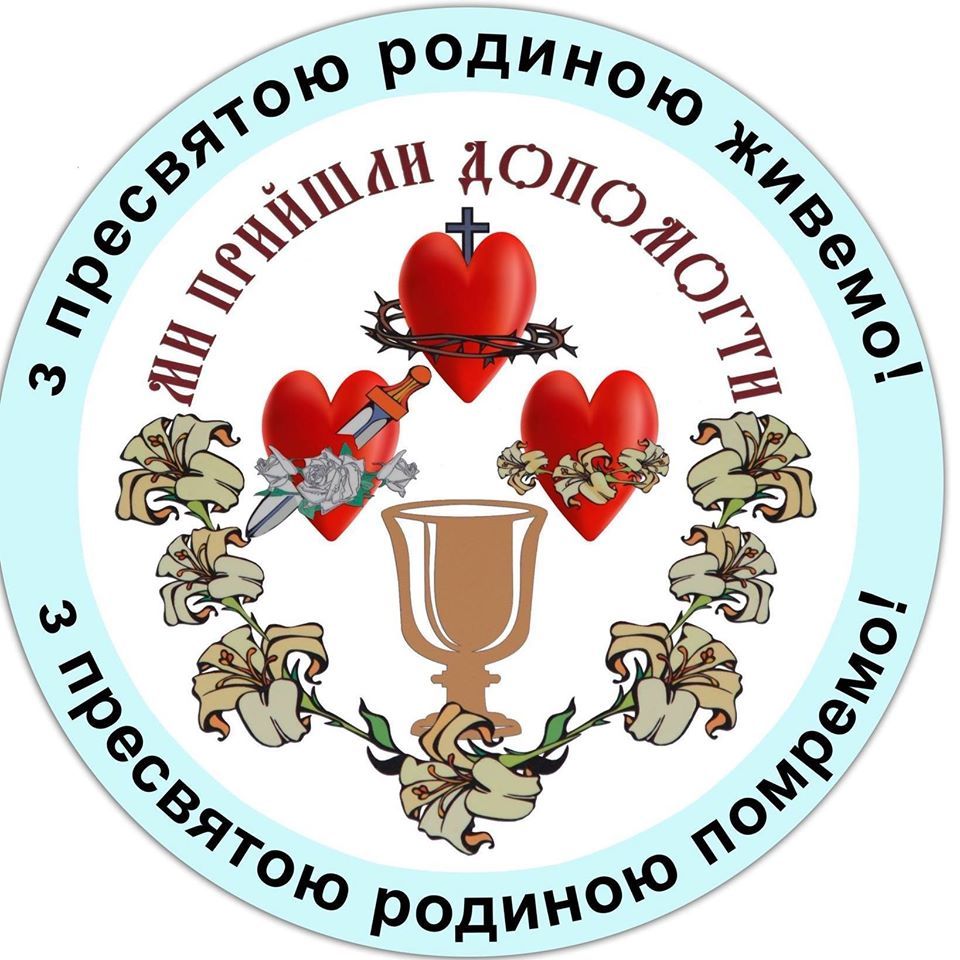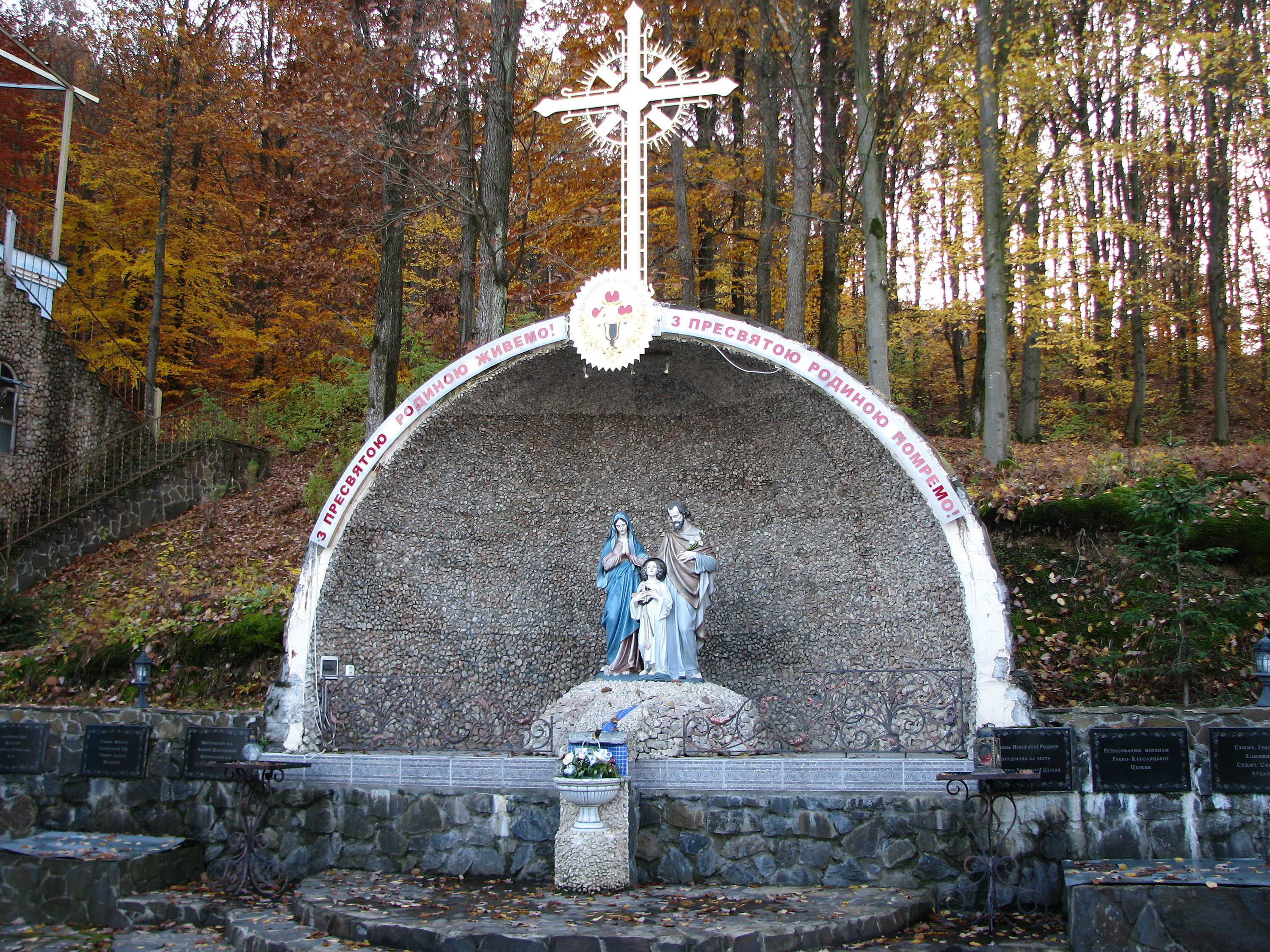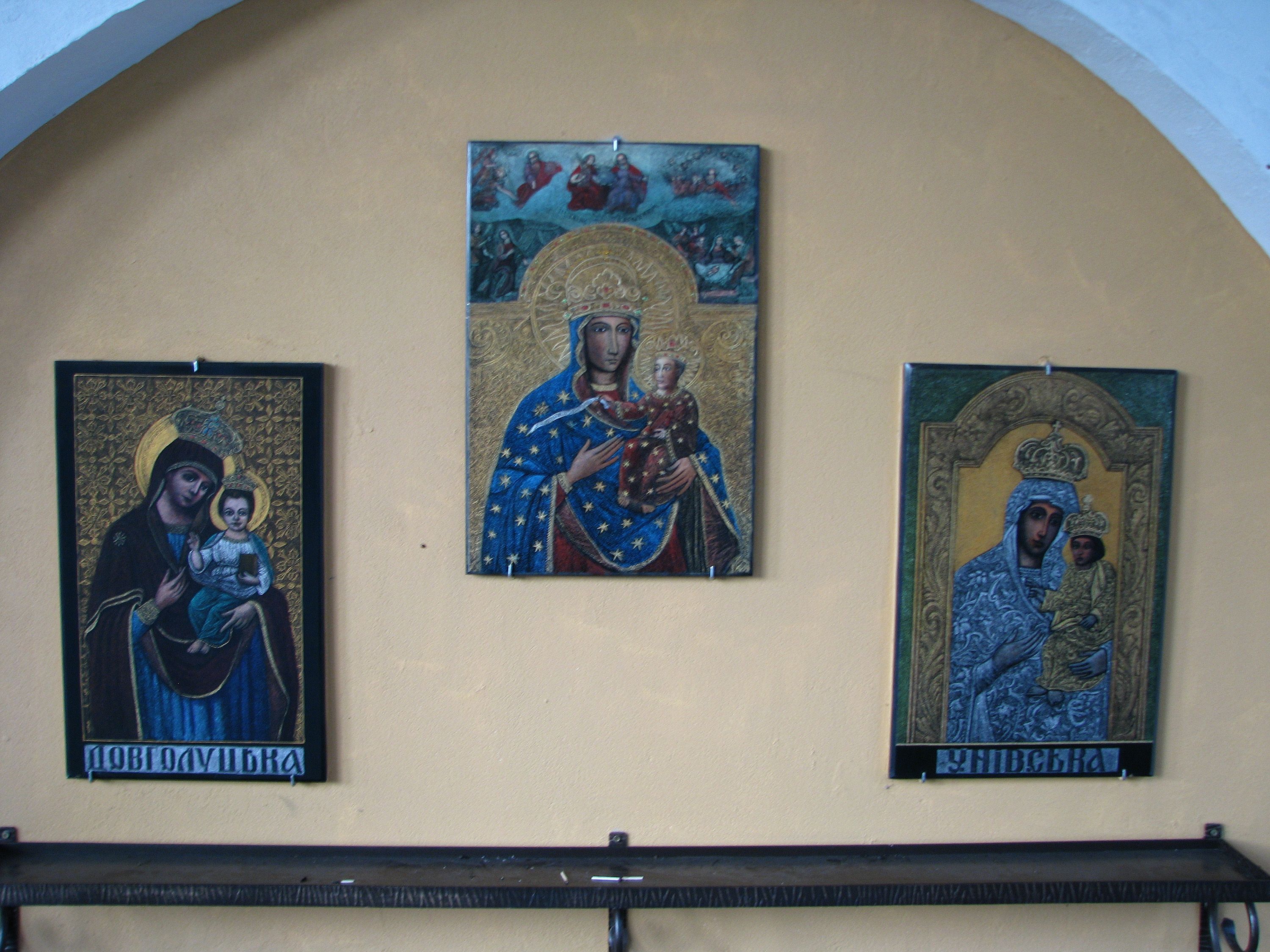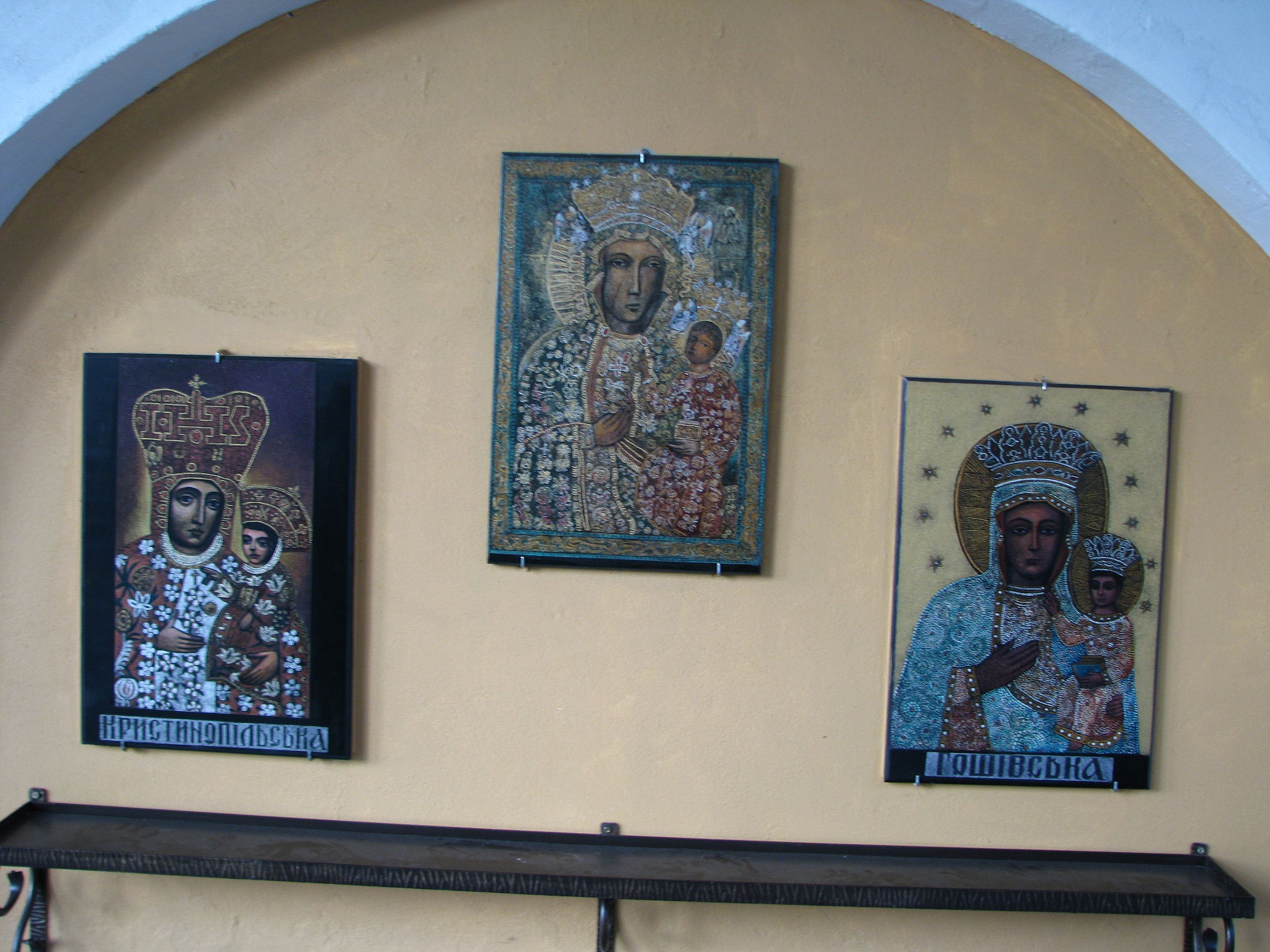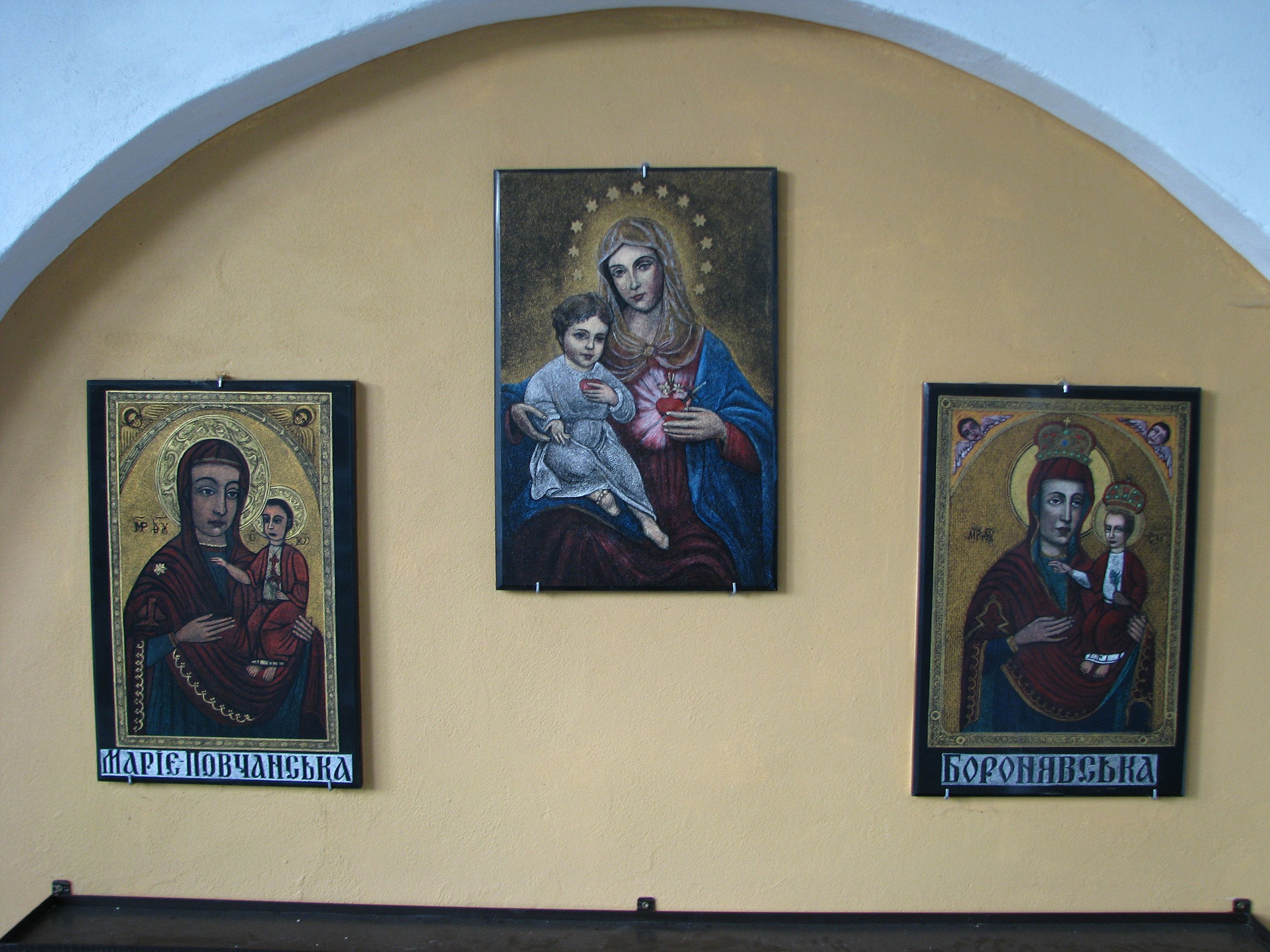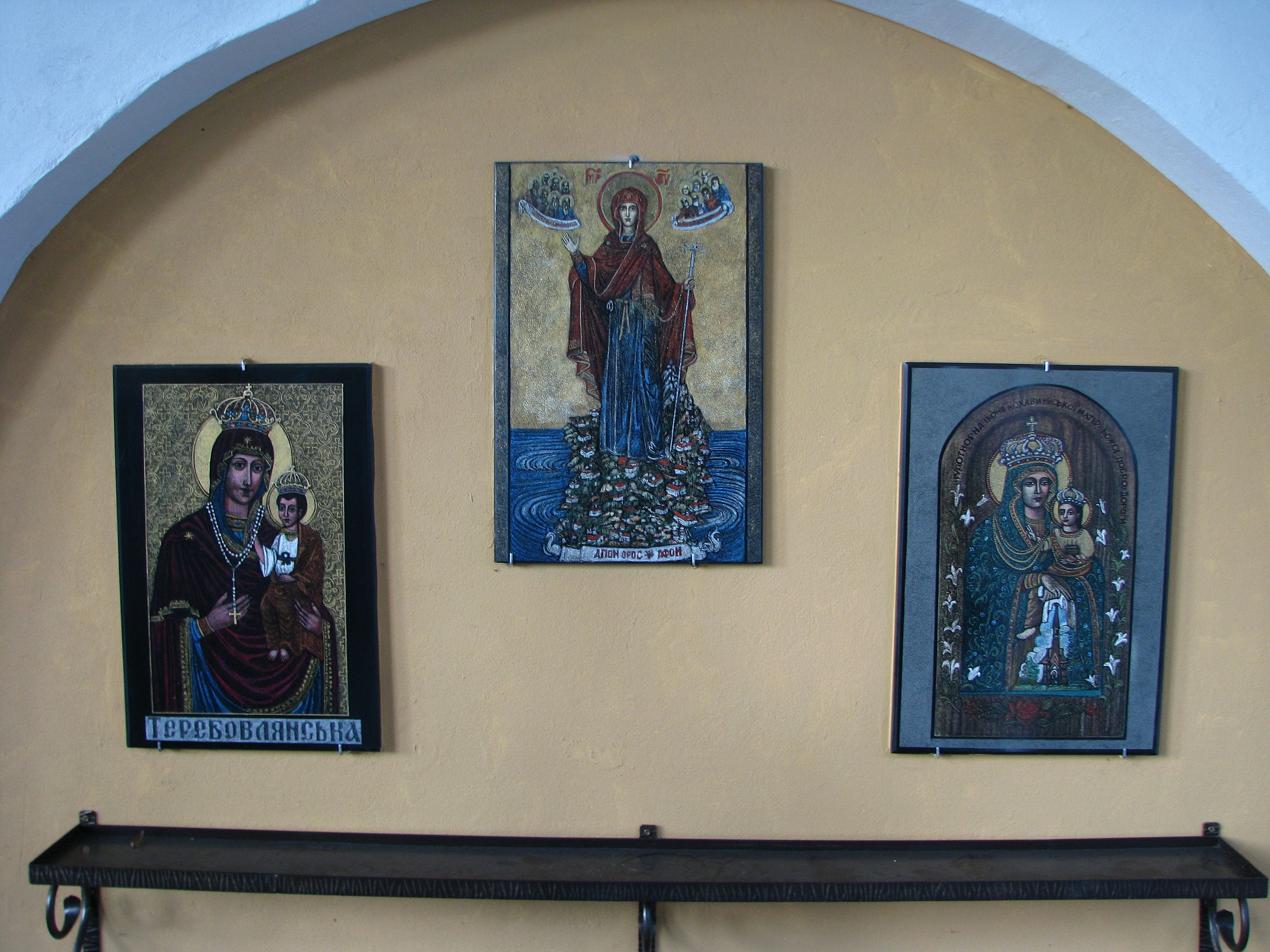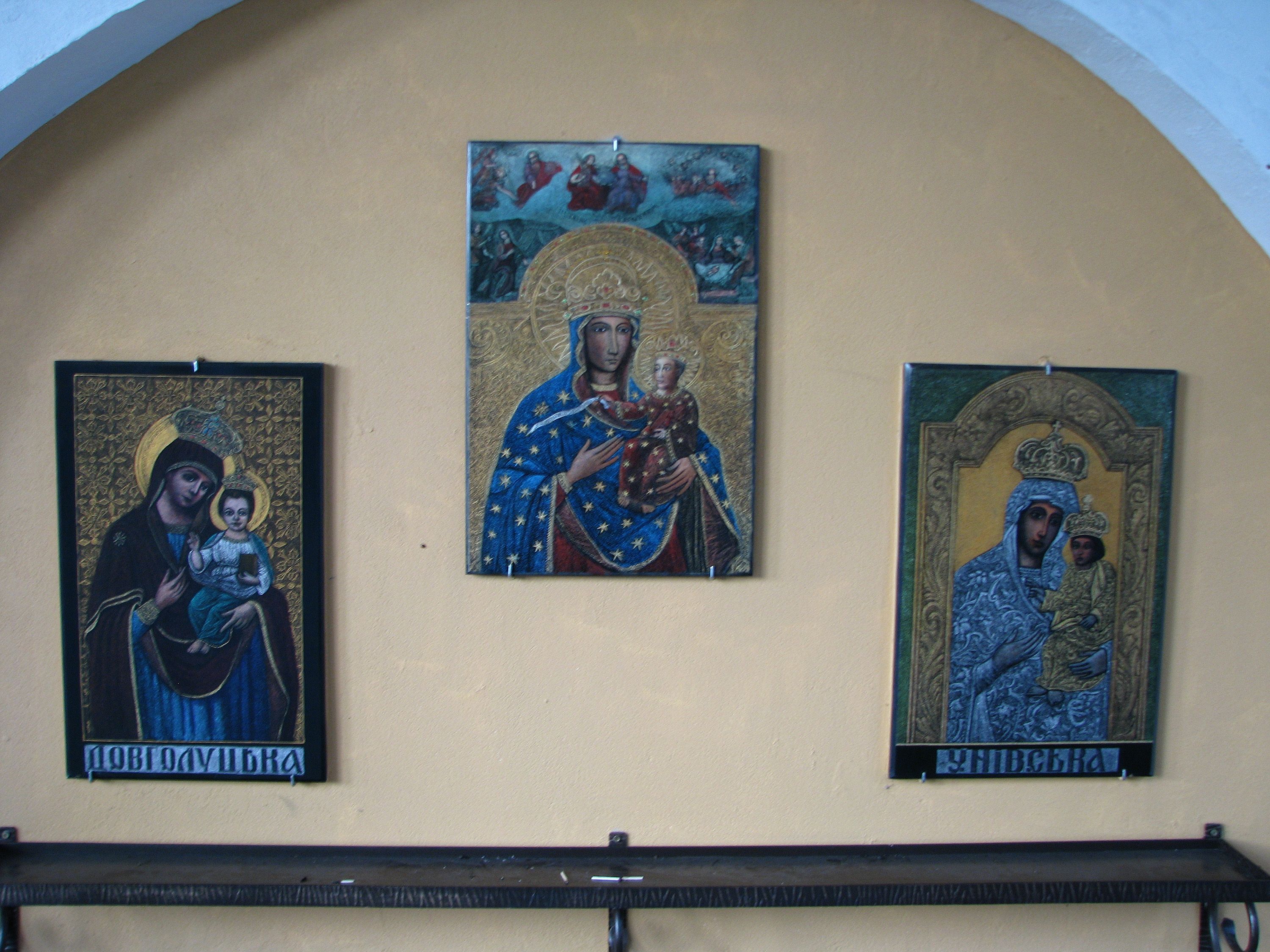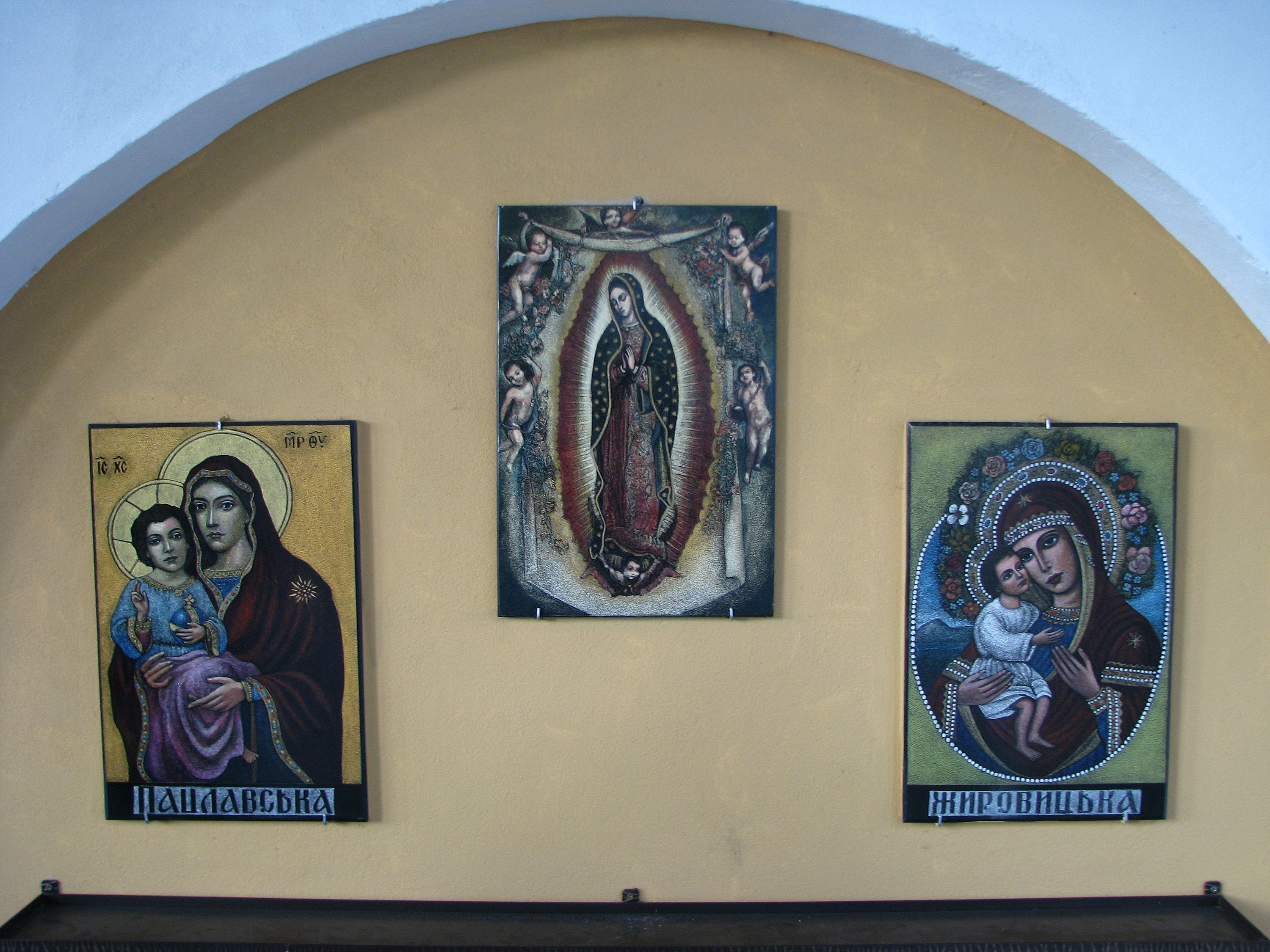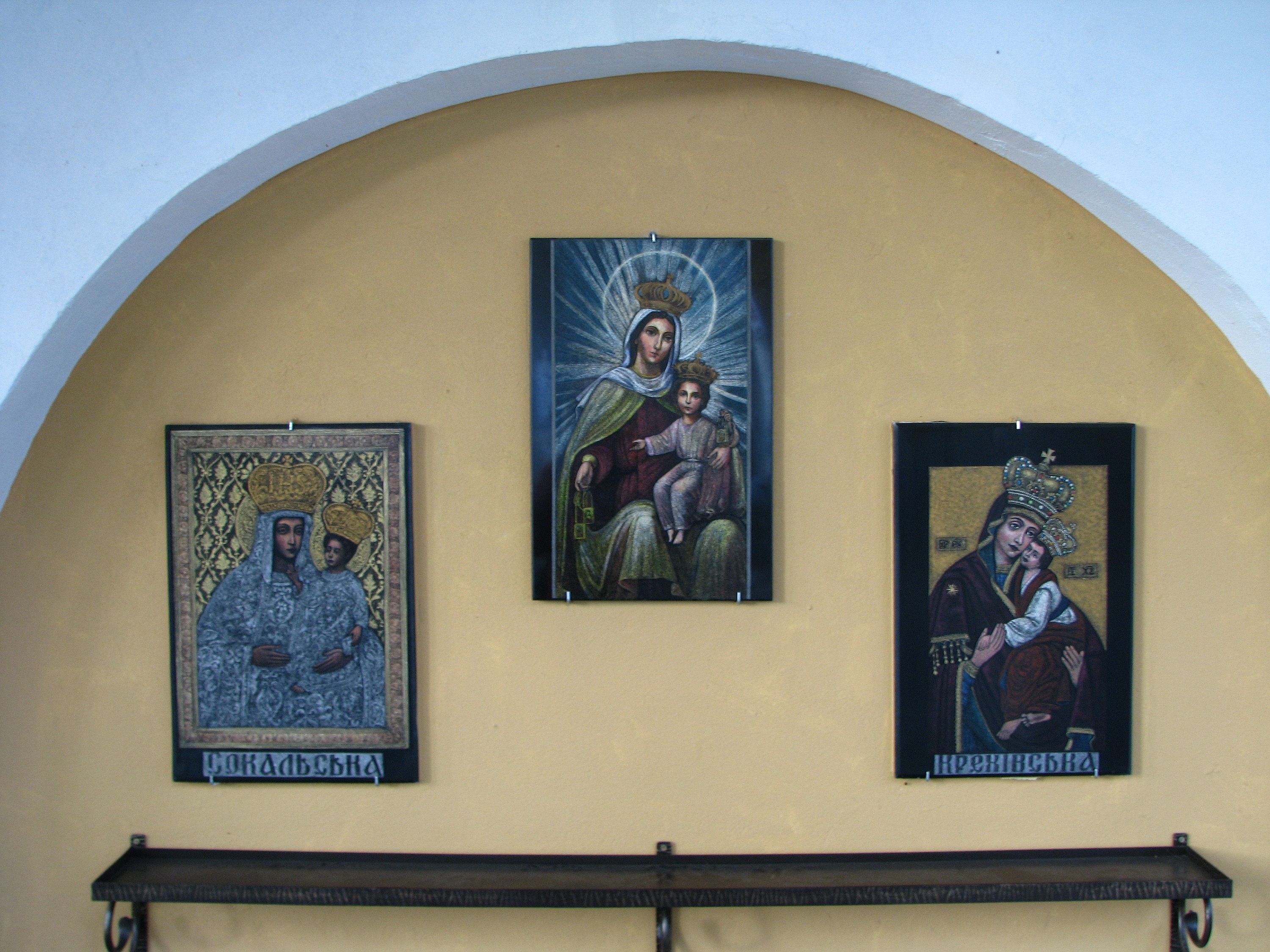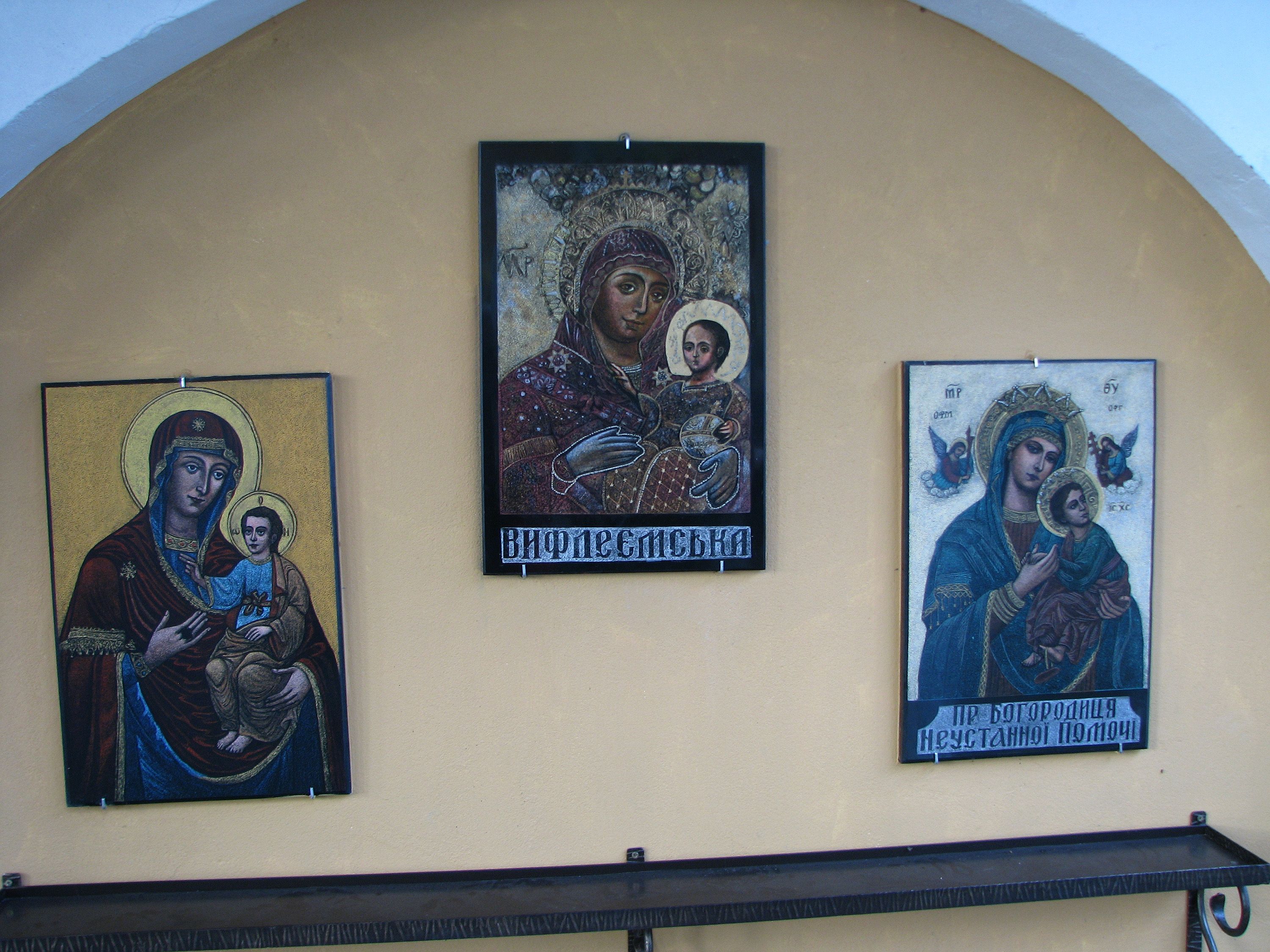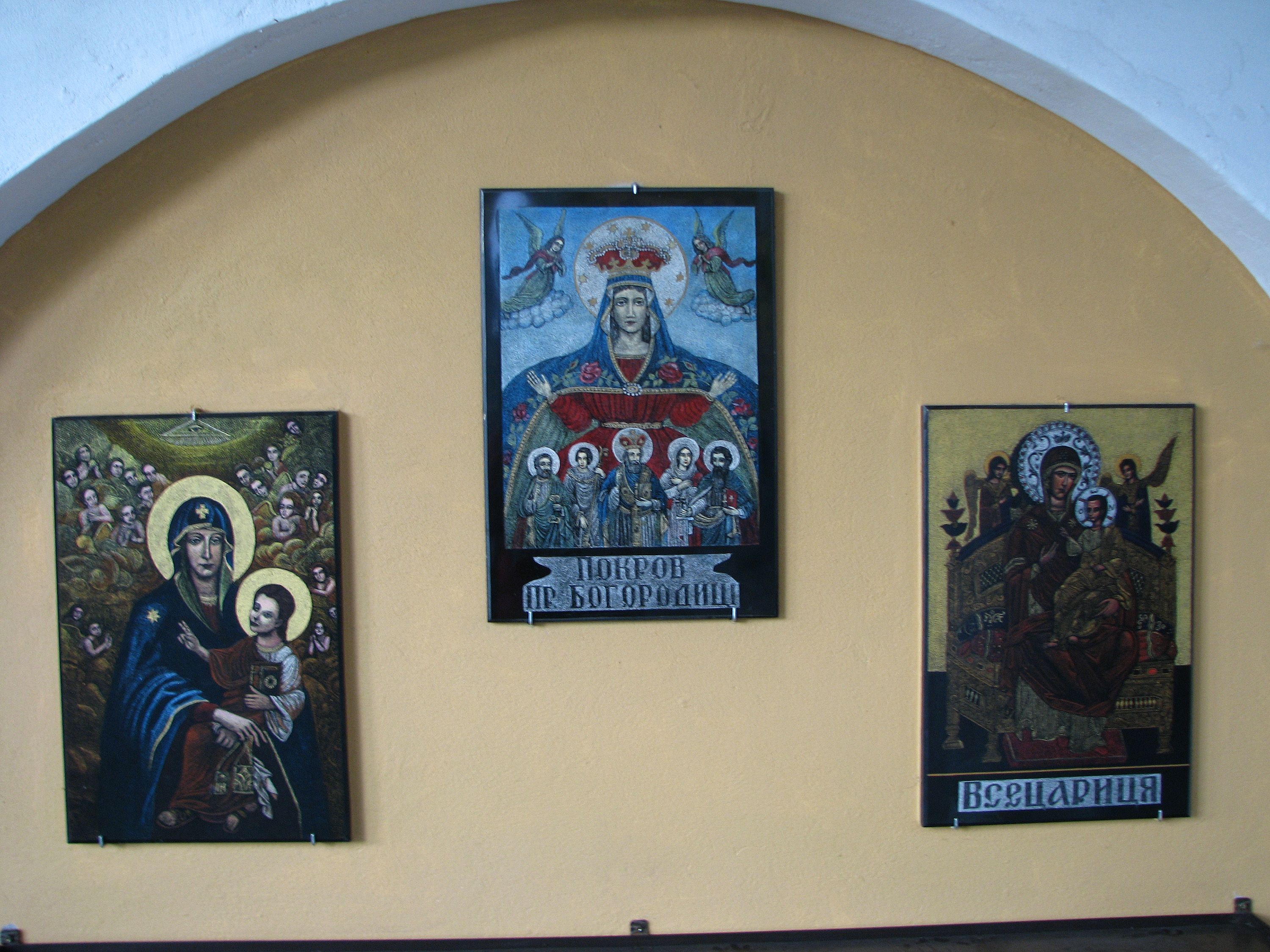Dzhublyk. A shrine in a place of mud, shrubs, and overgrown tract
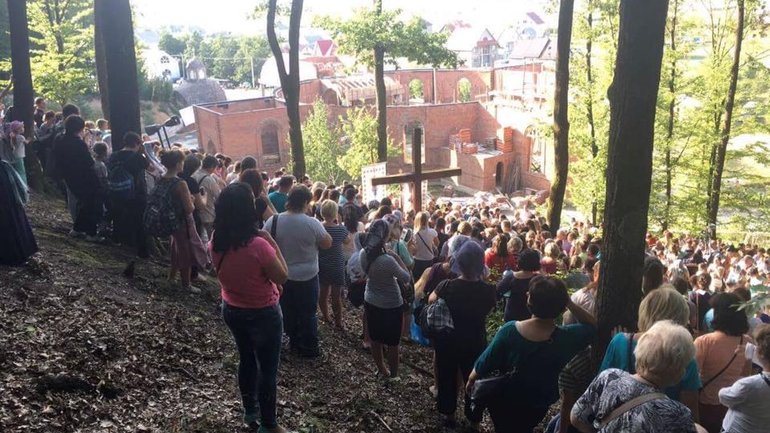
In December 2002, Pope John Paul II held an audience with a delegation from Dzhublyk, headed by Bishop Ivan Marhitych, and blessed the girl visionaries. And in 2003 the place became part of the longest way of the cross in the world, 300 kilometers from Lviv to Dzhublyk. The first cross is on Lviv’s High Tower, with 7 crosses in Lviv Region and 7 in Transcarpathia. Blood appeared on the 11th cross.
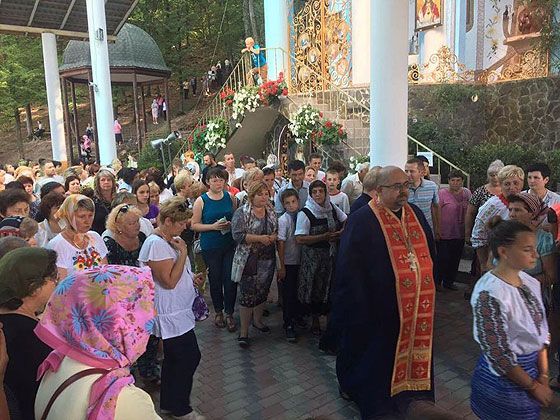
In the spring of that year, blood appeared on one of the crosses in the area. Dzhublyk became a pilgrimage site. The abbot of the monastery of the Synaxis of the Most Holy Mother of God, Fr. Atanasii Chyipesh, connects the miracle with the history of Ukraine, because the cross bleeds every time as a reflection of certain social or political events in the country. It bled a month before the group Femen on Independence Square sawed down an adoration cross, 27 May 2012. And that cross was brought from Dzhublyk in 2004, during the Orange Revolution…
A bleeding cross
“People then saw that the cross was bleeding a dark red liquid so strongly that it gave off a smell,” recounts Fr. Atanasii. “At first I didn’t believe it. In a few days I myself went there and saw drops of blood flow from the cross with my own eyes. When I saw that, I didn’t need any more convincing or anything else…”
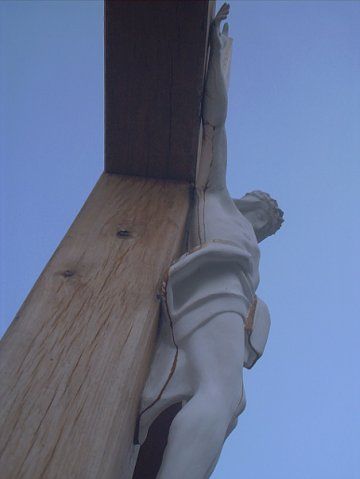
“Various experts did tests, including diocesan. And I invited Lviv experts. They then officially wrote that the liquid flowing from the cross contains elements of blood. Unofficially they said that it was blood of type AB of a person of Semitic background who bled because of great pains. But they were afraid to write this officially. They said Kyiv would laugh at the conclusion that the cross was bleeding.
“There are various thoughts. Some say it’s not blood. Others that elements of blood are there but they can’t assign them to a certain blood type. Because there is simply no similar blood on earth…”
— How can this be?
“I don’t know… That’s what the Lviv experts wrote in their official conclusions. All the qualities of blood, but they can’t assign it to a certain blood type!...
‘But we give Dzhublyk more attention for the reason the Mother of God came here, for the unification of all Christians.’
Christian youth gathering
Fr. Atanasii began youth work “before Dzhublyk,” serving as a priest and superior of a monastery in Boroniava, near Khust. For four years he organized gatherings there, before the Mother of God appeared in Dzhublyk. Then he came here and youth started to travel to the pilgrimage site.
Since then, 2002, youth gatherings have been held in Dzhublyk. This year the Christian Youth Gathering was held in Dzhublyk for the 18th year in a row.

“Here I continued the tradition of youth gatherings, which have gone on for 22 years in my life. It’s a Christian summer camp near a monastery where youth come on their own or in groups, they set up a tent town, always divided into two camps (young men separate from young ladies). We invite monks, nuns, and priests to work, so they can help the youth. We buy simple supplies and food, so that the youth don’t have to worry about anything and can simply relax for the glory of God in His presence.”
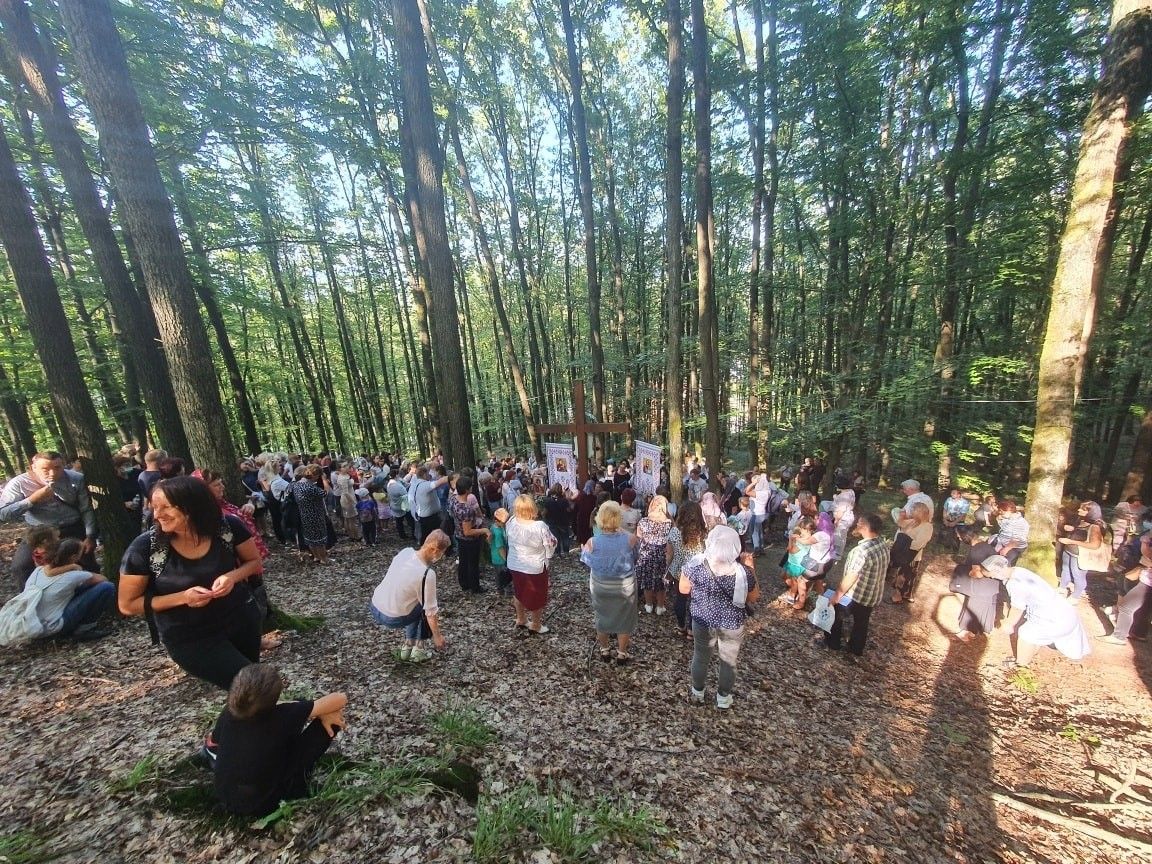
— And why were the dates 24-27 August chosen?
“The Mother of God appeared here in Dzhublyk on 27 August 2002. This date is a holy day for us, the birthday of Dzhublyk. And 24 August is Ukrainian Independence Day and connected with the life of each Ukrainian Christian. We can peacefully allot these four days for relaxation and separate from daily routine and troubles. Previously on these days we would travel to Krasne Pole near Khust and there hold an evening of requiem, dedicated to soldiers, heroes who died for Ukraine’s freedom.
“We can’t do that this year because of the pandemic, but here we have a chapel built in memory of slain soldiers and the Heavenly Hundred. And this year there will not be any gatherings. We’ll pray here so that there’s no threat of the virus spreading.”
Pandemic and quarantine
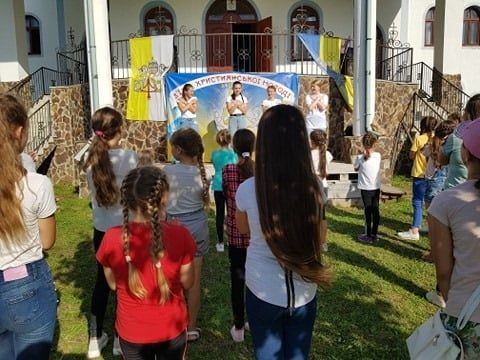
“Every year,” the priest continues, “during the gatherings youth stayed with us in a building for pilgrims. There were 100-150 people. This year we categorically refused to do this. The youth resided, relaxed, participated, and prayed exclusively in the fresh air, in tents. Of course we supplied antiseptics and all necessary items for disinfecting, masks – everything necessary so that there’d be no threat of sickness. We also pay medical workers to be present every year during the days of the gathering.”
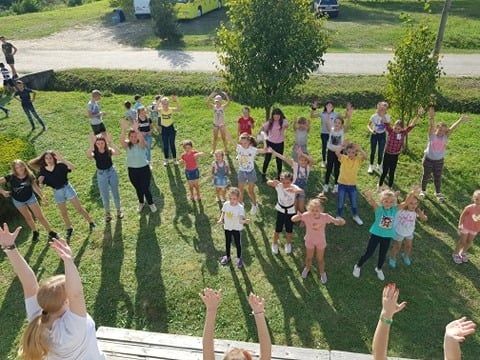
“Children of various ages come to Dzhublyk, 6-18. The youngest are usually local, they sleep at home, but during the day they’re in the Christian ‘town’ in Dzhublyk. And we divide the older ones into age groups, and our volunteers spend time with them according to age, interests, and talents.
“Generally some 250-500 children and youth come for the youth camp. This year there were 200. And, in counting how many people we gave Communion to in previous years, there were up to 20 thousand. Now there were some 7 to 10 thousand. We have no church building. All the services and events happen out in the open. So we have no dangers associated with being inside some premises. ”
“Thank God, I haven’t heard of any case of someone taking ill after Dzhublyk.”
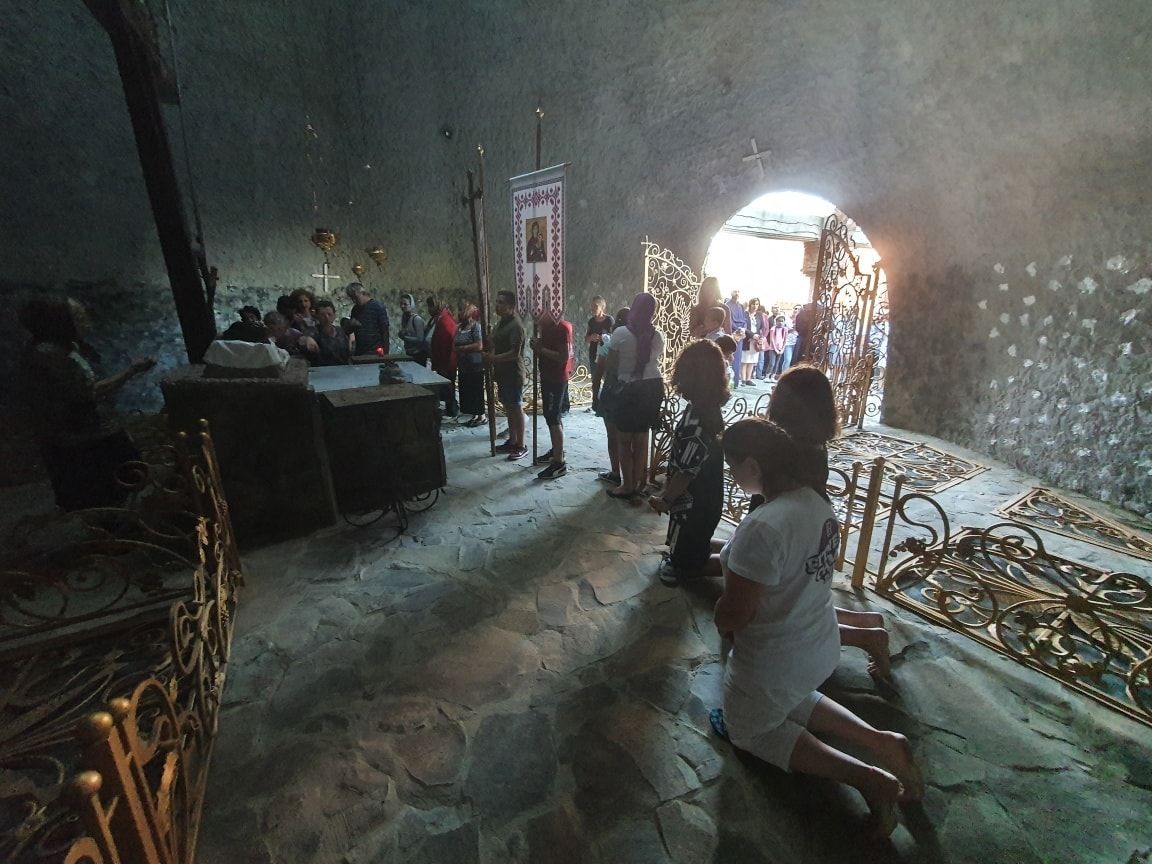
— I know that pilgrims come to you from all Ukraine, not only Transcarpathia. What are some of the most distant countries that pilgrims come from?
“China.”
— ?!
“Yes, from Peking. They found us on the Internet. A whole group with 50 people came, with their priest. They celebrated Liturgy here with us. They were impressed by Dzhublyk.
“We try to keep up with the times, providing various necessities, so the person has here everything necessary for body and for soul. We invite additional priests so there won’t be a great line of people who want to go to confession. And we always mention distancing, disinfection.”
“Father, I’ve never done that…” “Well, time to start!”
— I know a church is being built. What stage is it at?
“Well, I think another 2 years, maybe 10 [laughs] and we’ll finish. First of all, it depends on God’s blessing, then on the pilgrims. I would really like to finish the church by the 20th anniversary, but that’s only my desire.”
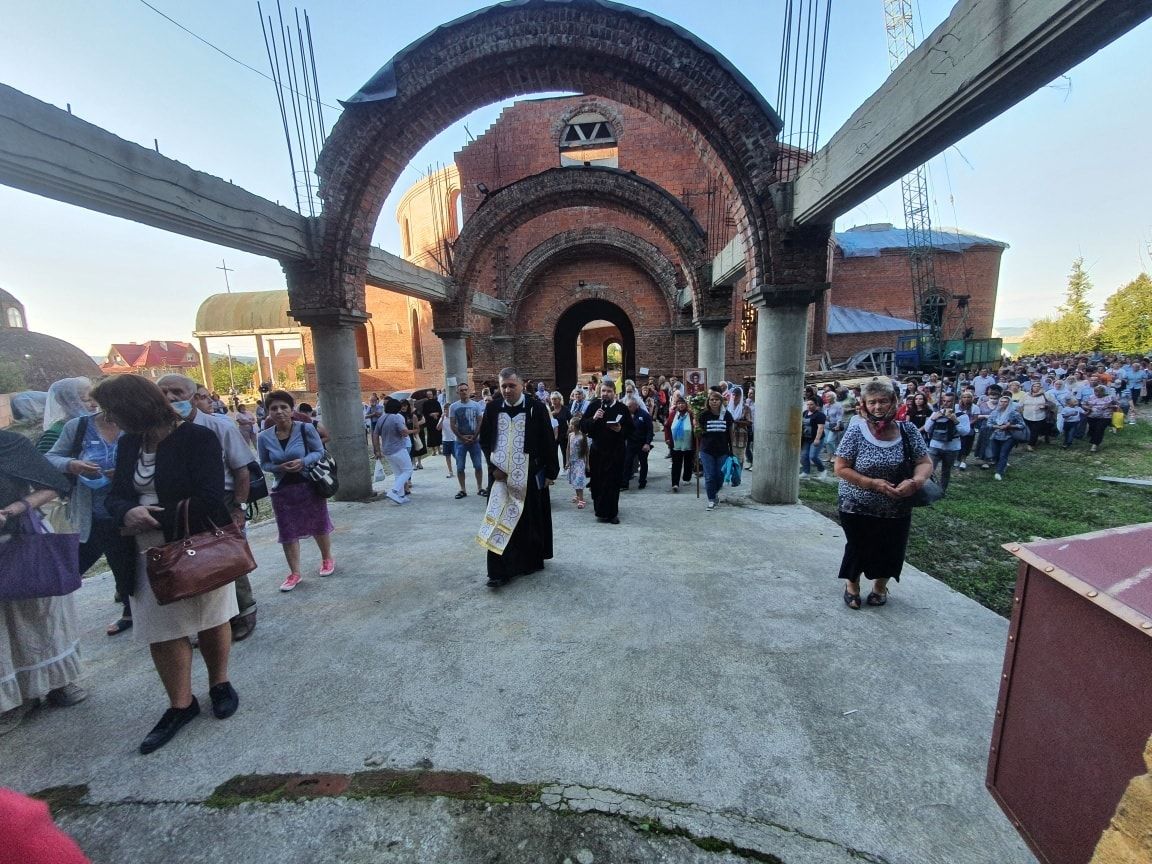
— Who designed it?
“There’s a sculptor in Mukachiv who did for us absolutely all the sculptures in Dzhublyk, Petro Matl. One time I went to him and asked: ‘Petro, did you study history?’ ‘I did, Father,’ he said. ‘And you know,’ I said, ‘that the sculptors Michelangelo and Raphael built the Sistine Chapel and St. Peter’s Basilica at the Vatican? And are you not as good? Design a church for me.’ He said: ‘Father, I’ve never done that…’ ‘Well, time to start!’
“He did a sketch. I added some comments, requests. Then on the basis of the sketch Petro did a design for the church, which we gave to an architectural firm in Uzhhorod, which gave us an estimate and finished all the designs needed to build.
“So on 5 September we marked 6 years since we started construction. And we’ve now completed 50 percent of the whole church.”
The 11th cross
— Does it still bleed?
“Periodically. Now it generally flows with a clear liquid, similar to myrrh. But it’s all connected with the history of Ukraine. The more blood flows in eastern Ukraine, the more the cross bleeds.”
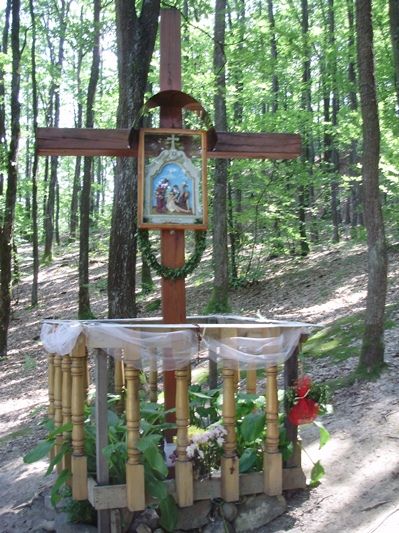
— The miracles that happen among people, pilgrims – do you keep track of them? Can you talk about a few?
“The first few years, 2001-2004, we kept track of them. People wrote us about miracles and healings that they received and we put them in a book that we are writing here, ‘History of the Appearance.’
“I myself can also witness to a healing – I had an enlarged heart and in Uzhhorod they were afraid to do something with me and sent me to Kyiv to the Amosov Clinic for an operation. In the evening they did all the tests. In the morning they took me to the operating room, did a heart scan and… took me out of the operating room. They said they didn’t need to cut my heart, everything was ok! That is, overnight the Lord performed such a miracle for me personally, so that I didn’t need an operation any more, though my heart is still enlarged. That was 10 years ago.
“I can also talk about a lady here in our village who all her life had epileptic seizures. From the time the Mother of God started appearing here, she came to Mass everyday and she never had any more seizures.
“In general, we don’t emphasize such things. The biggest miracle is Dzhublyk itself, when a shrine, known about by perhaps the whole world, arises in a place of mud, shrubs, and overgrown tract. We simply must do our work. We have an image not made by human hands. We gather the blood that flows from the cross.”
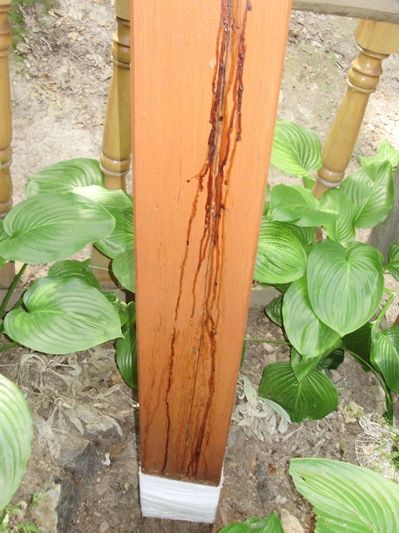
— And what do you do with it?
“We collect it on cloth that we wrap around the cross. Then once a month or so we change it. I collect these cloths, believing that in time every church in the world will want to have at least a thread from this place. At the present time, the obligation of those of us who live here is to work, to build the shrine, inasmuch as is in our power, physically, materially, and spiritually. So we are trying to publish a book and we’re starting to produce souvenirs with the Dzhublyk logo.
“We are now building what, I think, will be the largest church in Transcarpathia. It’s an original project. We didn’t copy anyone. We really want to make it a church like no one in the world has ever built!... That is, there are here present some earthly ambitions, but we want the church to be built to the glory of God so that people would have here some special inspiration, so that this would be a quiet spot with peace, balance, spiritual cleansing, and God’s blessing.
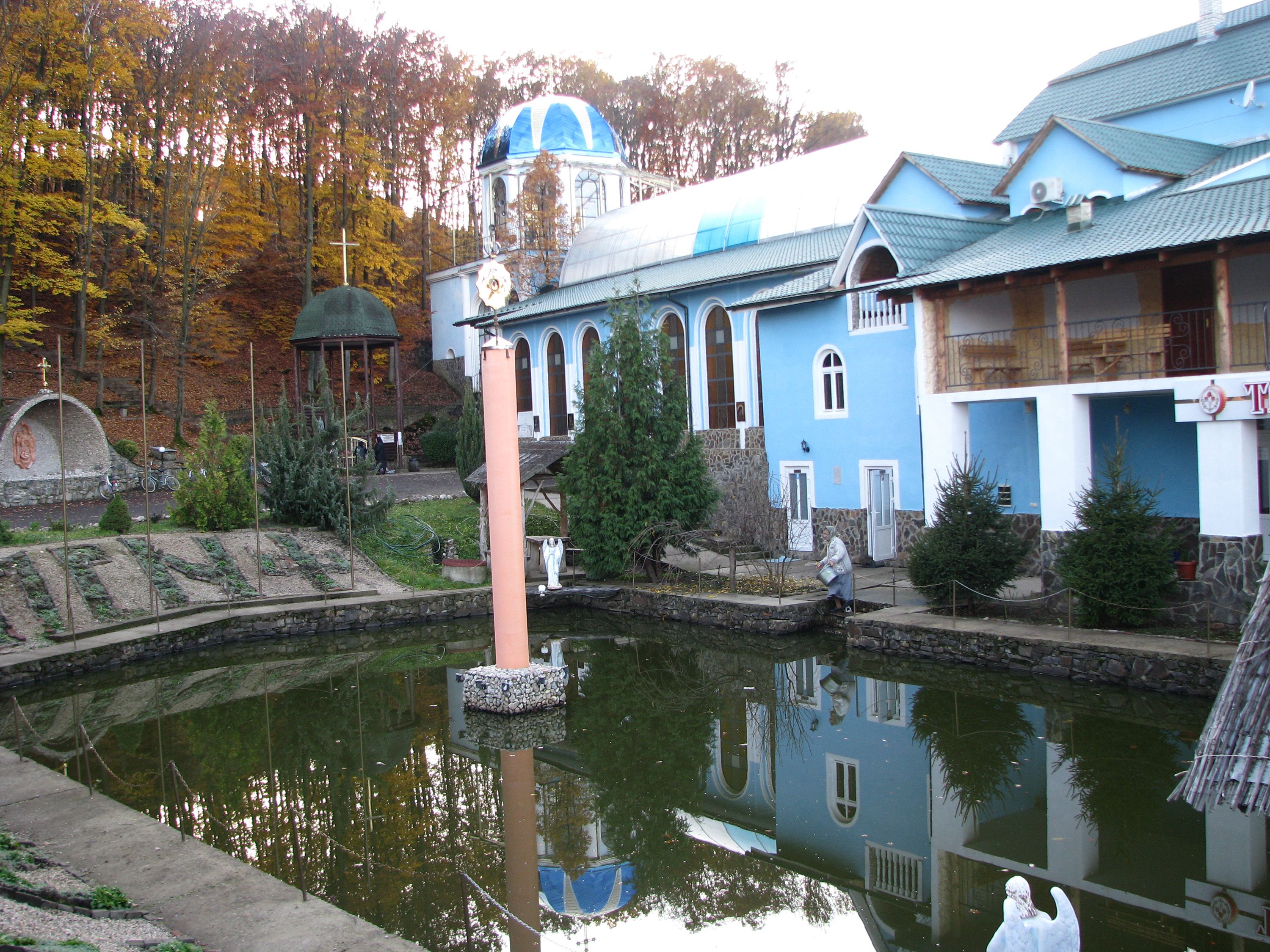
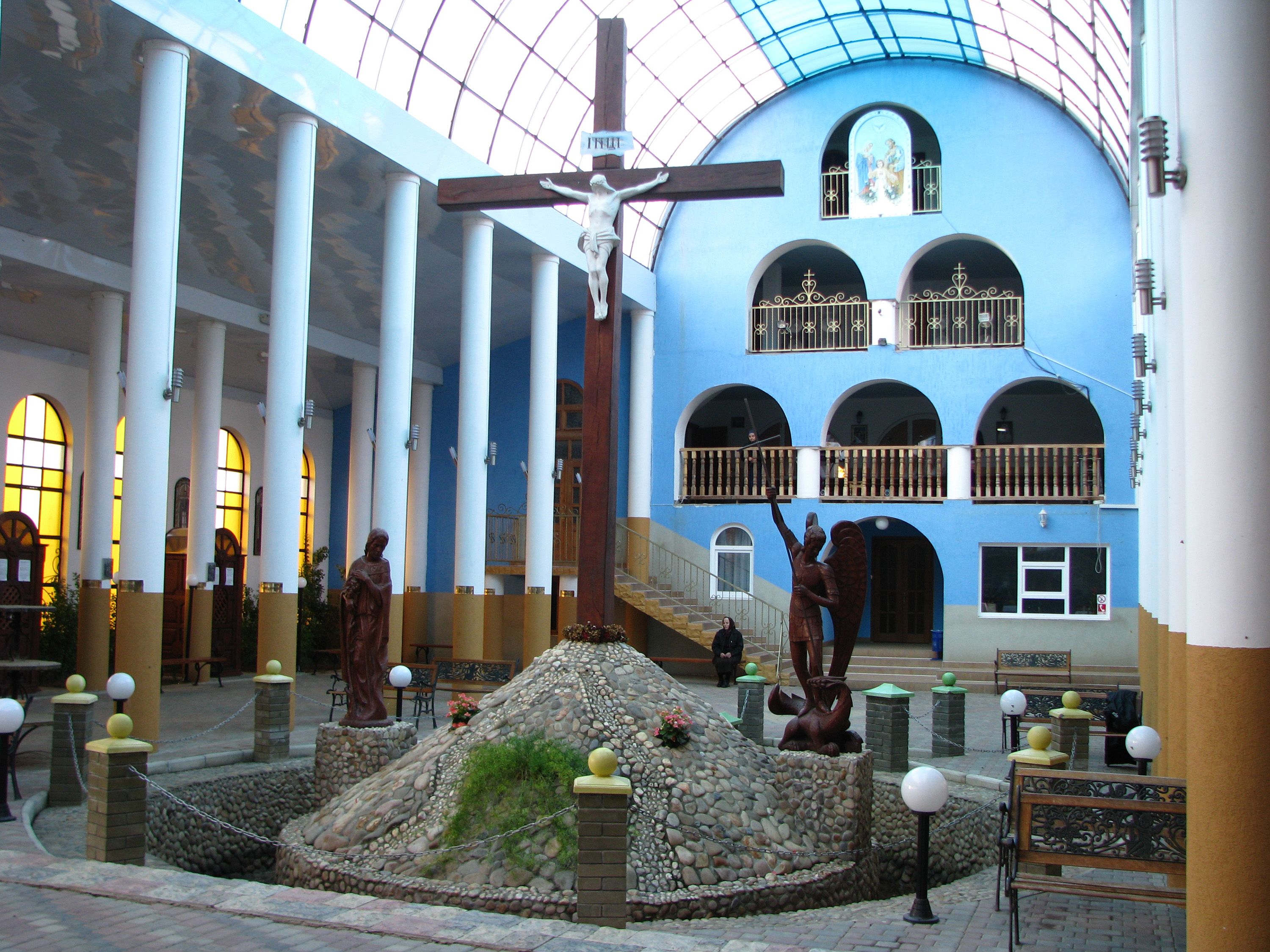
“… I always want to again start recording these miracles and ask people again to send us their testimonies, but I forget all the time… Maybe this isn’t so important? It is important for our salvation, all these miracles, but to make a list of them is not our main goal.
“We want to show the value and sanctity of the family, marriage on the example of the Holy Family. Also, we always emphasize the unity of Christ’s Church. We accept all, regardless of their creed. Orthodox come here to pray – they’re welcome! Greek and Roman Catholics come – we welcome them. We don’t place any obstacles. On the contrary, we give access to the altar.
“For when the Mother of God appeared, she said that she had come for the unification of all Christians. So even in the design of our church, elements of eastern and western construction are intertwined. There are Greek motives and European, so that each person can see here in Dzhublyk something that is their own.”
